Seventeen Early Victorian Comet Brooches
A. A faceted gold comet brooch set with an almandine garnet seed pearls and a
blue turquoise to the trail
In original leather box
B. A gold and silver set old cut diamond and blue turquoise comet brooch and
trail
C. A gold and yellow citrine comet brooch with diamond set trail
D. A silver and gold multi-coloured paste set floral comet brooch with garnet
trail
E. A gold and black enamel diamond comet brooch with silver set diamond
trail
F. A gold and garnet set comet brooch with tapering gold trail
G. A faceted gold pink topaz comet brooch with amethyst set trail
H A tiny gold almandine garnet comet brooch with green demantoid garnet
trail
I. A gold seed pearl and amethyst set comet brooch with stylised gold trail
J. A gold and silver almandine garnet set comet brooch and trail
K. A gold floral shaped blue turquoise and diamond comet brooch with unusual
seed pearl and blue turquoise set leaf shaped trail
L. A rare gold ‘In Memoriam’ comet brooch with hair covered weeping willow
curved over a funerary urn on a pedestal inscribed with initials ‘DH’ with
gold trail
M. A gold and silver set garnet and seed pearl comet brooch and trail
N. A tiny silver and old flat cut diamond set floral comet brooch and trail
O. A gold enamel seed pearl and quartz cats eye comet brooch and trail
P. A gold and almandine garnet comet brooch and trail
Q. A gold and silver sapphire diamond and ruby set comet brooch and trail
Size: min: 1.7cm long - ¾ ins long / max: 5cm long - 2 ins long / case: 6cm long - 2¼ ins long
blue turquoise to the trail
In original leather box
B. A gold and silver set old cut diamond and blue turquoise comet brooch and
trail
C. A gold and yellow citrine comet brooch with diamond set trail
D. A silver and gold multi-coloured paste set floral comet brooch with garnet
trail
E. A gold and black enamel diamond comet brooch with silver set diamond
trail
F. A gold and garnet set comet brooch with tapering gold trail
G. A faceted gold pink topaz comet brooch with amethyst set trail
H A tiny gold almandine garnet comet brooch with green demantoid garnet
trail
I. A gold seed pearl and amethyst set comet brooch with stylised gold trail
J. A gold and silver almandine garnet set comet brooch and trail
K. A gold floral shaped blue turquoise and diamond comet brooch with unusual
seed pearl and blue turquoise set leaf shaped trail
L. A rare gold ‘In Memoriam’ comet brooch with hair covered weeping willow
curved over a funerary urn on a pedestal inscribed with initials ‘DH’ with
gold trail
M. A gold and silver set garnet and seed pearl comet brooch and trail
N. A tiny silver and old flat cut diamond set floral comet brooch and trail
O. A gold enamel seed pearl and quartz cats eye comet brooch and trail
P. A gold and almandine garnet comet brooch and trail
Q. A gold and silver sapphire diamond and ruby set comet brooch and trail
Size: min: 1.7cm long - ¾ ins long / max: 5cm long - 2 ins long / case: 6cm long - 2¼ ins long
Of the 6339 now known comets, with more being discovered all the time, Halley’s is the most famous comet in history. It was named after Edward Halley (1656 - 1741) the Royal Astronomer who calculated its orbit in 1682. He determined that the comets seen in 1531 and 1607 were one and the same, and that it consistently followed a 76 year old orbit. Thus it was seen again in 1758, 1835, 1910 and 1986. Unusually very bright it is visible to the naked eye and it has been observed and recorded by astronomers since at least 240 BC. Clear records were made of its appearances by Chinese, Babylonian, Classical Greek, Roman and Medieval European Chroniclers. It is thought by theologians that the comet’s sighting in 12 BC, only a few years from the assigned date of Christ’s birth, could explain the biblical phenomena of the Star of Bethlehem. In Giotto’s painting of the ‘Adoration of the Magi’ the Bethlehem Star was modelled on the fire coloured comet he had seen four years earlier in 1301 AD.
Seventeen Early Victorian Comet Brooches
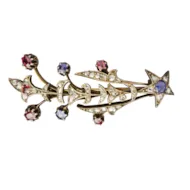
SOLD
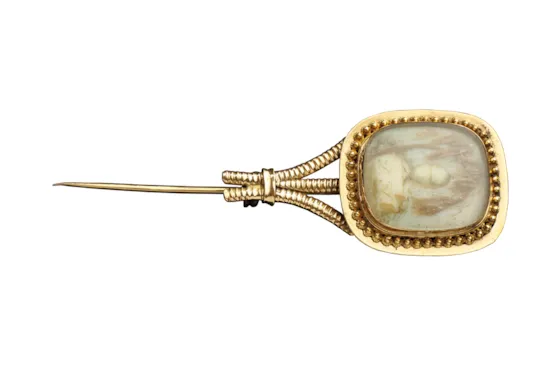


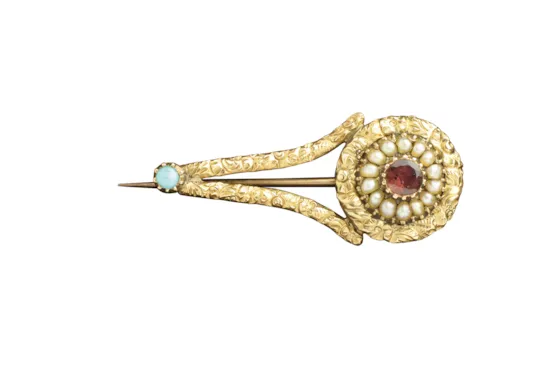
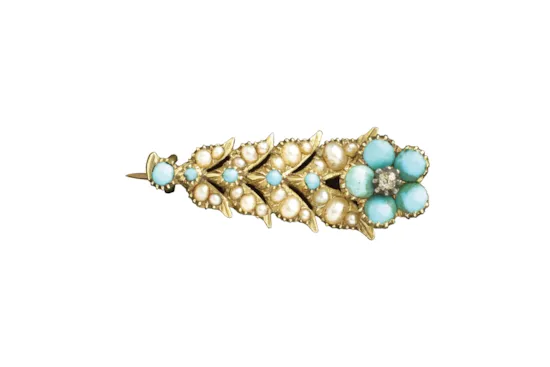
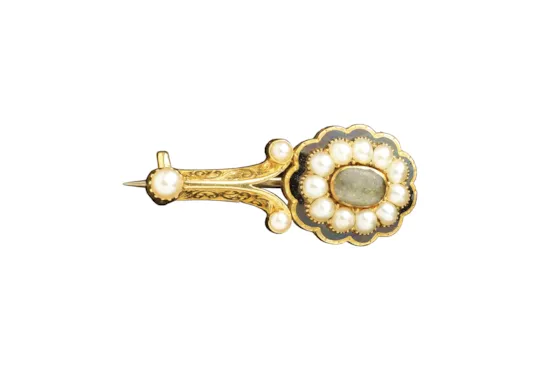
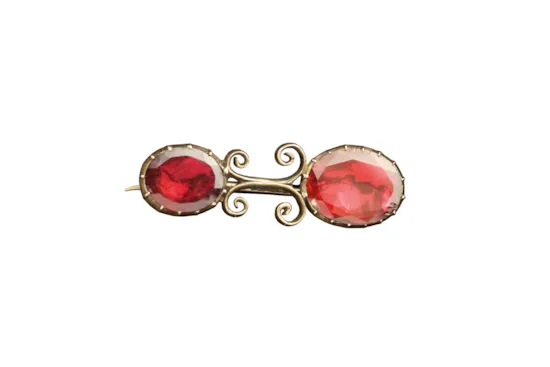

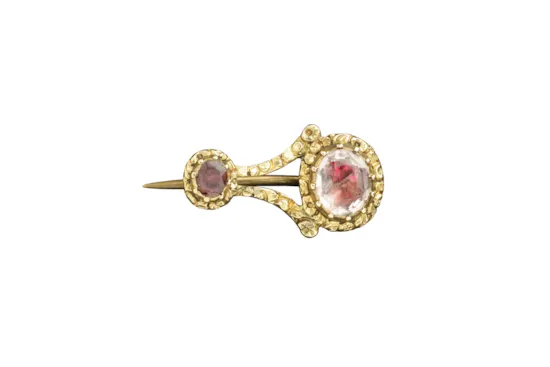

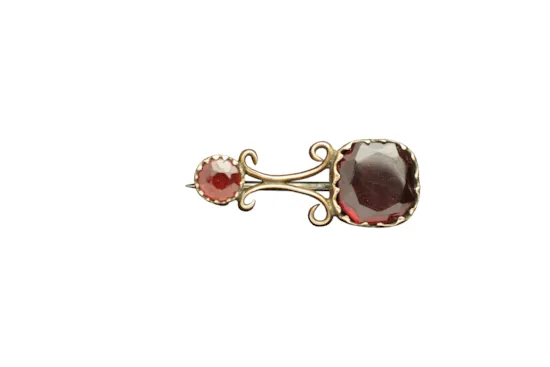
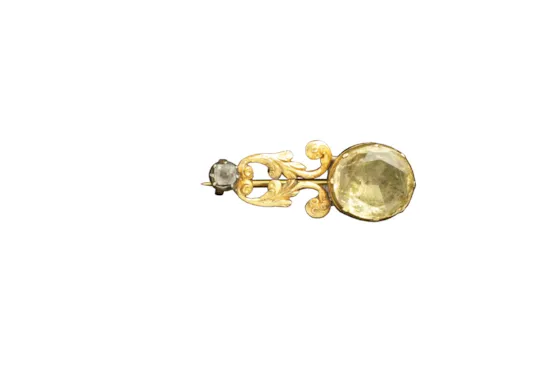
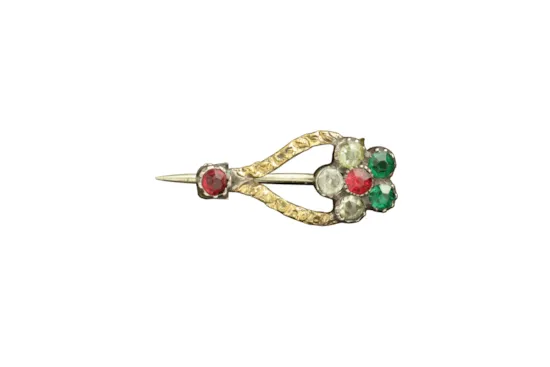
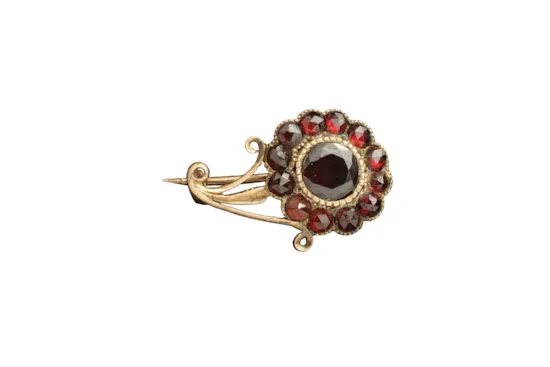
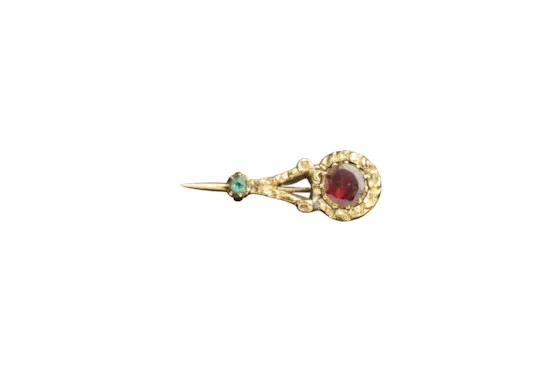
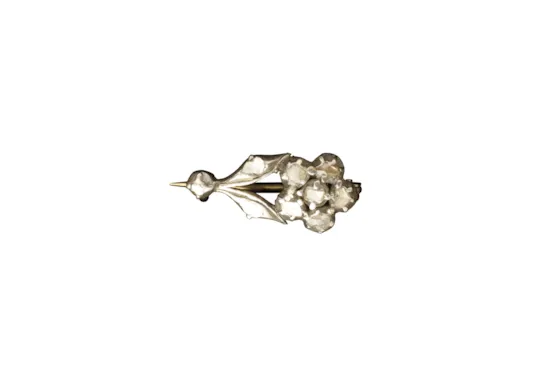
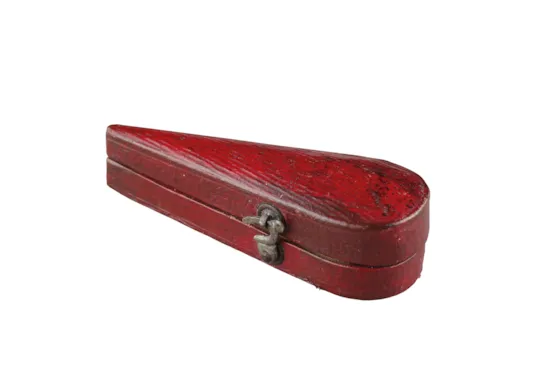

















YOU MAY ALSO LIKE

